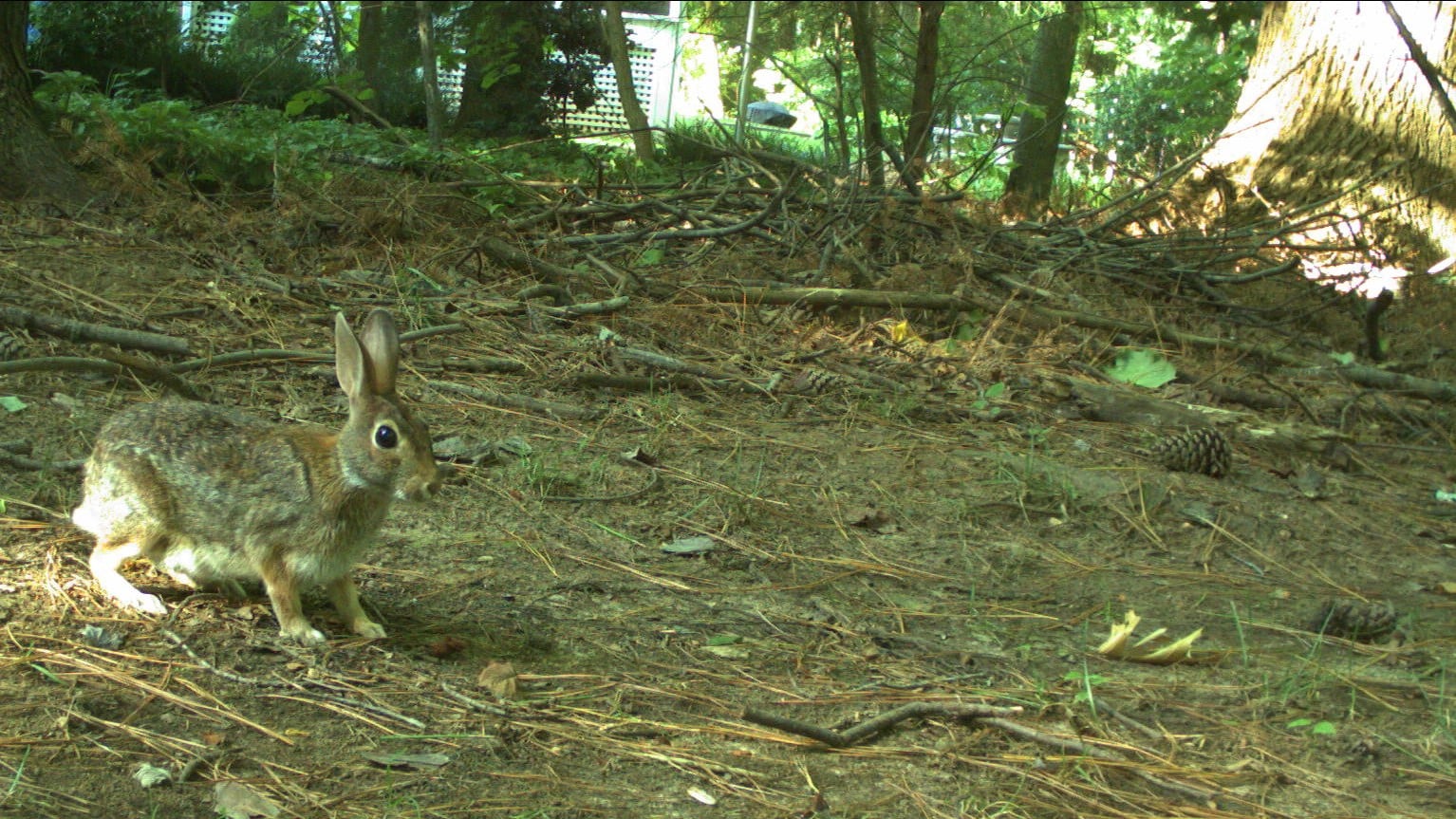During ‘Anthropause,’ Animals Moved More Freely

A new study used GPS data to track the movements of 43 species of mammals around the globe before and during the COVID-19 pandemic, revealing that animals were able to move more freely during lockdowns.
The findings, made by a team of international scientists, are significant because they show that the effect of the human footprint on animals is not just limited to physical infrastructure.
“This study shows that overall, it’s not just the infrastructure – the houses and the roads – that impacts wildlife, it’s actually humans,” said study co-author Roland Kays, research professor at North Carolina State University and director of the Biodiversity Lab at the North Carolina Museum of Natural Sciences. “In the past, we’ve talked about the human footprint as made up of all the infrastructure we have on the planet. We were never able to untangle the people from the infrastructure because they were always together. In this case, the lockdown separated people from the infrastructure, so we were able to isolate how much of an impact the people themselves have.”
Published in the journal Science, the study was designed to tell the full story of how the “anthropause” – the reduction in human activity to limit the spread of COVID-19 – affected mammals. Researchers used GPS tracking data for 2,300 individual animals around the world to compare their movement during the 2020 lockdowns to their movements in the same period a year earlier.
The Abstract spoke to Kays about the findings and their implications for wildlife.
The Abstract: What was your main role in this study?
Roland Kays: My role was helping connect all of the different scientists collecting data on animal movement. Around the world, scientists are streaming in large amounts of data every day about the location of animals. We run a database called Movebank, which we used to help the scientists collect and standardize their data.
TA: How did your team compare animal movement before and after the pandemic?
Kays: We needed a standard way to compare the animal tracking data across studies that have different methodologies. You might have a researcher tracking an animal every 10 minutes, giving you a really fine record of the animal’s movement. For another animal, a scientist might have tracked the animal every 10 hours. So, we looked at what we called “one hour displacements” and “10-day displacements,” which is just how far an animal moved in one hour or in 10 days.
TA: When you looked at the animal movements that changed the most, you found that animals moved less in an hour, by 12% overall, on average. In areas with the strictest lockdowns, you saw an increase, at 73% on average, in how much animals moved across 10 days. What does that all mean?
Kays: We found there was a reduction in short-term movements, or small movements that might be attributed to animals avoiding people during their day-to-day activities. We also found they moved farther in the long-term, which we think is because of increased landscape permeability. With less people, and probably less traffic, animals were able to move more over longer periods of time.
TA: You reported that in areas with a larger human footprint, animals were 36% closer to roads on average. What does that mean?
Kays: Typically, animals are avoiding roads, and now we know that human activity on the roads is making them stay away. But during the pandemic, animals were spending more time closer to the roads in areas with high human traffic. One of the tricky things about this study is that in different parts of the world, and in different habitats, there were more or less people in different areas during the pandemic. People were in the neighborhoods, but maybe not downtown. Some parks had more activity, and some had less because they were shut down. That made it hard to do the study at the global scale. But shifts around roads in these areas of high human footprint was a finding that was consistent.
- Categories:


